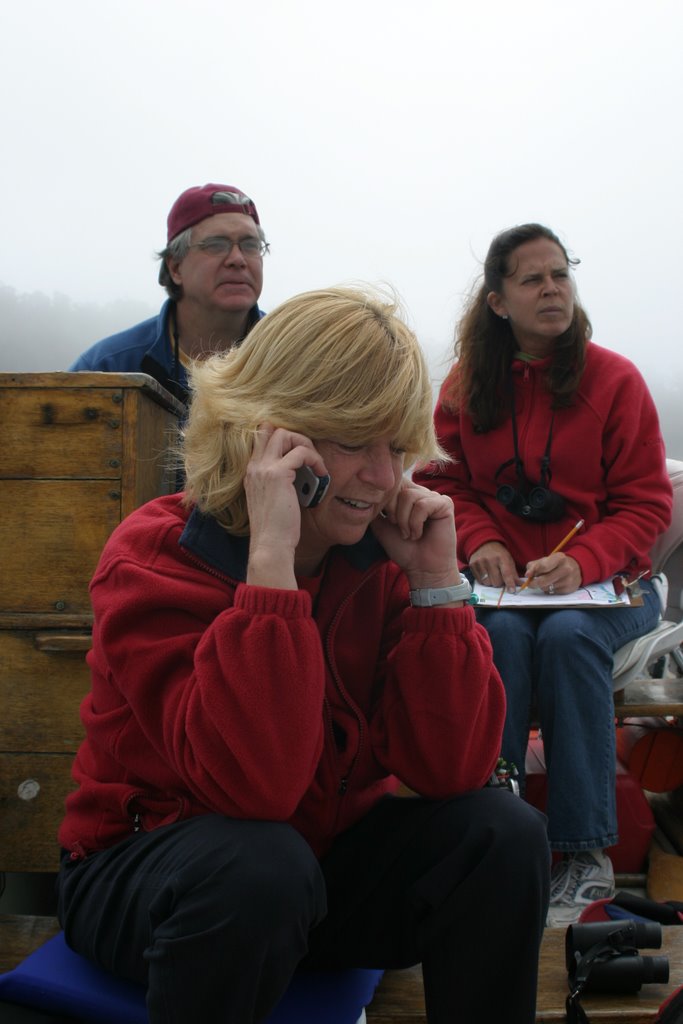We travel in from all walks of life, each of us toting our personal histories that, for many of us, do not relate directly to field biology. Then, within hours of arrival we are propelled into the great outdoors and viola...research with wild creatures of the earth. It is grand. This volunteer experience was extremely satisfying. Dr. Maldini and her research staff, Cyndi and Mark, were hands-on on a daily basis with the volunteer team, allowing each of us to peer into the methodology of collecting data in the field, involving us in every way. Many moments stand out in my mind over the 10-day expedition, all of which are archived to memory. Chasing coastal bottlenose dolphins in a boat in sea swells for the first time was fantastic. I am amazed that there are dolphins living so close to shore. With help from the experts, when one develops the eye to spot them, the dolphins are always there to see. They were so close to the boat at times that one of them came up for air while running the bow and blew water onto me and my camera. The dolphin's perpetual smile implied amusement in doing it. Also memorable was participating in the 24-hour sea otter observation. I signed up for the 1am-5am stint with Cyndi. Our task was to count sea otters at the slough near the jetties that pave the way to the bay. In the dark and every half hour we tallied otters 'hanging out' in their raft and recorded weather conditions. Watching the otters resting in the twilight with only the sounds of the night was wonderful. Their silhouettes floating in the water looked like mini gondolas. We saw five otters haul-out on shore over the course of the night as well. The ease in which sea otters move in the water is pure poetry in motion. It's astonishing how much they can eat, and must eat - high-speed shell crackers....then groom like felines. Thanks again to Dr. Maldini and her A-Team, and my fellow volunteers, for making this expedition a positive experience. It's a great project with good company in the environmental haven of Monterey Bay. EW expeditions are roads less traveled but tremendously rewarding.
Joanie, Team 5







































